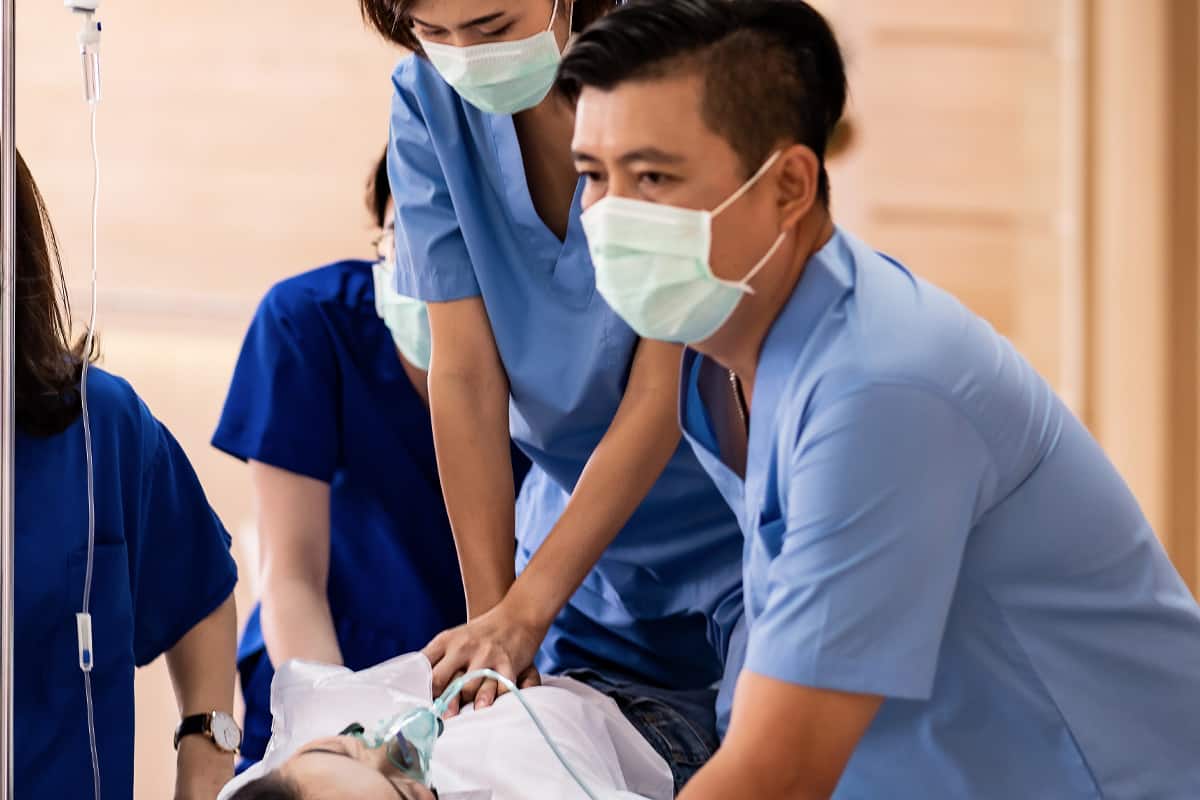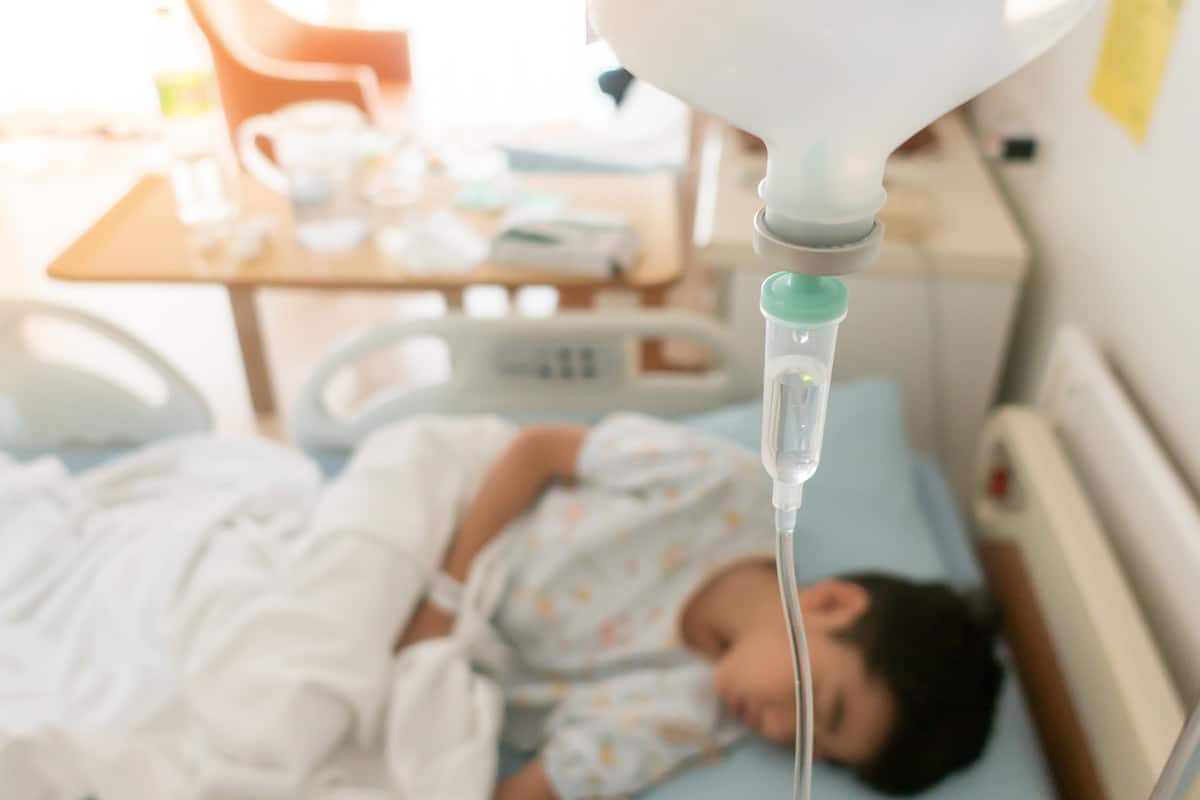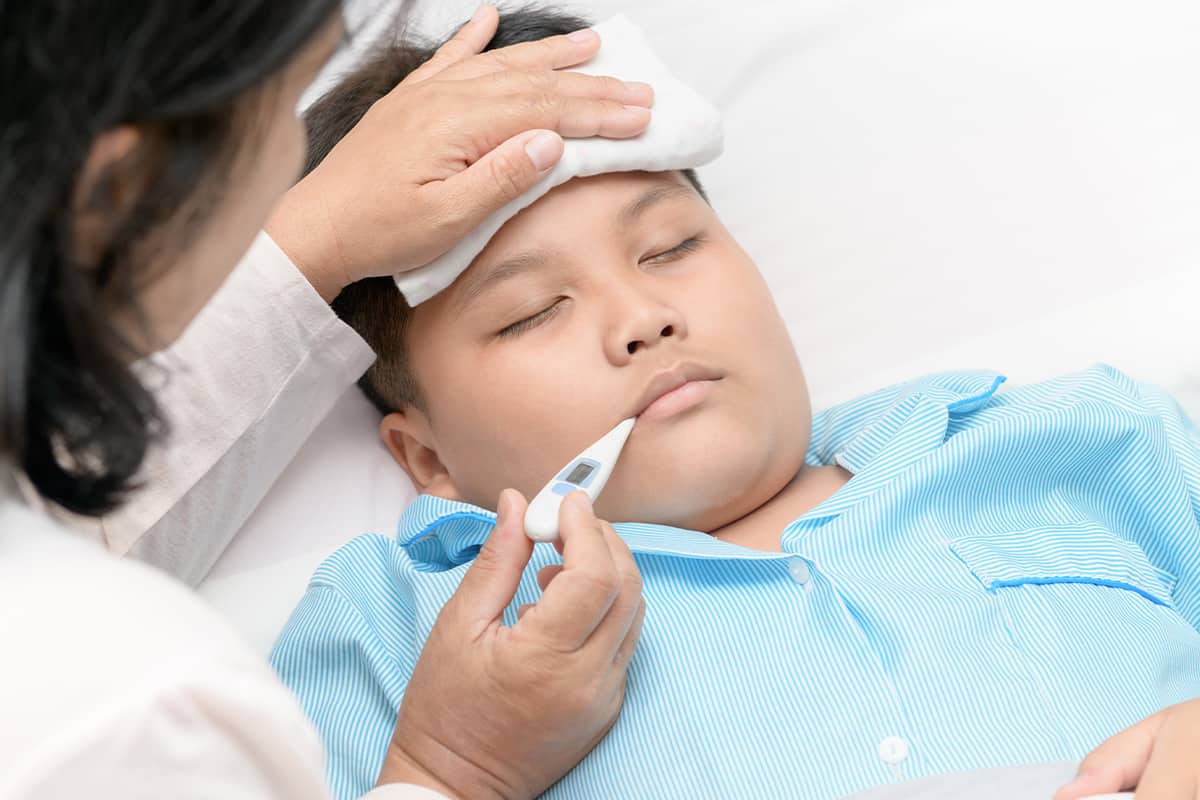Accident & Emergency (A&E)
Medical Services Available Round-The-Clock
An emergency does not just mean serious cases such as heart or asthma attacks. Even a stomachache can be categorized as an emergency case if it happens after office hours when outpatient clinics are closed, or if you are not sure which consultant you need to see.
Rapid Response and Critical Care
24/7 Accessibility
Specialized Emergency Teams
State-of-the-Art
Facilities
Coordination with
Multi-specialties
A&E Services and Facilities
Columbia Asia’s A&E department is equipped with state-of-the-art facilities and advanced medical technologies to aid in the rapid assessment, diagnosis, and treatment of patients. Kindly see below for list of services and facilities:
- Urine FEME
- Full Blood Count (FBC)
- Lipids Profile
- Liver Function Test
- Renal Panel 2
- HBA1C (Glycosylated HB)
- Fasting Glucose
- Treadmill – Stress Test
- Chest X-ray (single view)
- Diet Consultation with
Dietician
- Urine FEME
- Full Blood Count (FBC)
- Lipids Profile
- Liver Function Test
- Renal Panel 2
- HBA1C (Glycosylated HB)
- Fasting Glucose
- Treadmill – Stress Test
- Chest X-ray (single view)
- Diet Consultation with
Dietician
Procedure
Triage 1 Critical (Red Zone) IMMEDIATE

- Cardiac arrest
- Severe respiratory arrest
- Unresponsive trauma
- Unresponsive babies
- Severe crush on limbs
- Extensive burns
- Near drownings
- Unresponsive with history of poisoning
- Exsanguinations hemorrhage
- Firearm wounds
Triage 2 Semi-Critical (Yellow Zone) WITHIN 30 MINUTES

- Lower limb fractures
- Chest pains
- Spine injuries
- Eye injuries
- Limb amputations
- Dislocations
- Major bleeding
- Poisoning
- Drug overdose
- Dehydration
Triage 3 Non-Critical (Green Zone) WITHIN 60 MINUTES

- Mild asthma
- Small joint dislocation
- Minor allerguc reaction
- Foreign body
- Minor burns
- Diarrhea/vomitting (without dehydration)
- Ear ache
- Infective eye condition
- Fever
- Nail prick
- Wound dressing
- Open stitches
- Change of catheter
Evaluate the surrounding for things that may put you or the patient at risk of harm. If there are, wait for emergency services to arrive.
Assess patients for response. Do they respond when you talk to them, touch their hands, or squeeze their shoulders?
Call a household family member, neighbor, or emergency service for ambulance (if required).
Assess patient’s Airways to check if they are clear. Check Breathing by looking at chest movement. Start Cardiopulmonary resuscitation (CPR) if patient is not breathing.
Stop any bleeding by compression or bandage. Immobilize patient if patient complains of neck, head, or back pain or limb, which may be a fracture.
Reassure and comfort the patient. Gather and bring along patient’s ID and medical records. Bring your ID too.
If driving to the hospital, ensure everyone is safely seated and wearing seatbelts. Drive calmly, safely and make sure to obey traffic rules.
Patients in severe conditions are given priority over those with less urgent needs. Symptoms, vital signs, and the nature of your complaint will be evaluated to prioritize your care.
Register your personal information at the registration desk. Provide accurate details to ensure smooth processing of your documentation.
Next, a healthcare professional will assess your condition, review and perform a physical examination. You may be asked about symptoms, medical history, allergies and current medications.
Diagnostic tests may be run to evaluate and diagnose including blood tests, X-rays, CT scans, ultrasounds, or other imaging studies. These identify underlying causes of symptoms and guide appropriate treatment
To stabilize your condition and alleviate immediate health risks, the team will initiate appropriate treatment. This may involve administering medications, providing pain relief, immobilizing fractures and suturing wounds.
After initial treatment, the healthcare team may observe your condition for awhile or recommend admission to the hospital for further care and monitoring.
You may be discharged if your condition is stable and does not require hospitalization. Before that, you will be given instructions on self-care, medicines, and follow-up appointments.
Columbia Asia's A&E department consists of experienced professionals who are trained to handle medical emergencies. They are highly skilled at providing immediate and effective care to patients in critical conditions. They also maintain a patient-centric approach, focusing on the well-being and comfort of patients during their emergency medical journey. Kindly see below for list of A&E team members:
- Emergency physicians
- Medical officers
- Emergency nurses
- Medical assistants
- Consultants on call
- Support staff
Columbia Asia’s A&E department consists of experienced professionals who are trained to handle medical emergencies. They are highly skilled at providing immediate and effective care to patients in critical conditions. They also maintain a patient-centric approach, focusing on the well-being and comfort of patients during their emergency medical journey. Kindly see below for list of A&E team members:
- Emergency physicians
- Medical officers
- Emergency nurses
- Medical assistants
- Consultants on call
- Support staff
The Triage System
The A&E department follows a triage system to prioritize patients based on the severity of their condition. This ensures that critical cases receive immediate attention and that resources are allocated appropriately. While waiting times may vary depending on the urgency of each case, the staff at Columbia Asia Hospital strives to minimize waiting times and provide timely care to all patients. Below is an example of a triage system:
Triage 1 Critical (Red Zone) IMMEDIATE
This denotes patients who are unstable or when there is a potential loss of life or limb. For example:- Cardiac arrest
- Severe respiratory arrest
- Unresponsive trauma
- Unresponsive babies
- Severe crush on limbs
- Extensive burns
- Near drownings
- Unresponsive with history of poisoning
- Exsanguinations hemorrhage
- Firearm wounds
Triage 1 Critical
(Red Zone) IMMEDIATE
This denotes patients who are unstable or when there is a potential loss of life or limb. For example:- Cardiac arrest
- Severe respiratory arrest
- Unresponsive trauma
- Unresponsive babies
- Severe crush on limbs
- Extensive burns
- Near drownings
- Unresponsive with history of poisoning
- Exsanguinations hemorrhage
- Firearm wounds
Triage 1 Critical
(Red Zone) IMMEDIATE
This denotes patients who are unstable or when there is a potential loss of life or limb. For example:- Cardiac arrest
- Severe respiratory arrest
- Unresponsive trauma
- Unresponsive babies
- Severe crush on limbs
- Extensive burns
- Near drownings
- Unresponsive with history of poisoning
- Exsanguinations hemorrhage
- Firearm wounds
Meet Our Specialists
View AllDr. Gobinath A/L Palani Gondi
EMERGENCY MEDICINE,general practice,general practice and occupational medicine
Medical Officer & Occupational Health Doctor

